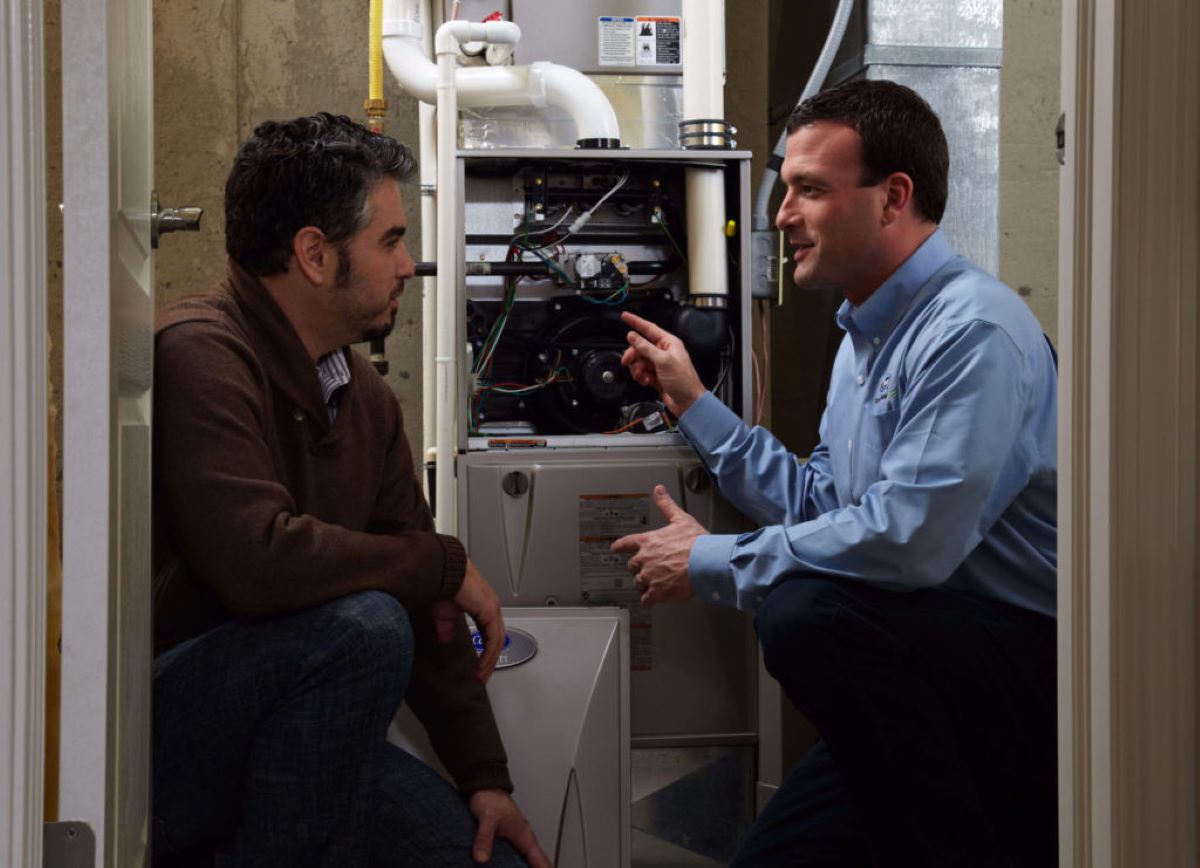

Articles
How Much Does A New Furnace Cost?
Modified: February 25, 2024
Find out the average cost of a new furnace in this informative article. Get expert insights and tips to help you make an informed decision.
(Many of the links in this article redirect to a specific reviewed product. Your purchase of these products through affiliate links helps to generate commission for Storables.com, at no extra cost. Learn more)
Introduction
When it comes to keeping your home warm and cozy during the cold winter months, a reliable and efficient furnace is essential. However, if your current furnace is old or starting to show signs of wear and tear, you may be considering investing in a new one. But before you make a decision, it’s important to understand how much a new furnace will cost.
Several factors come into play when determining the cost of a new furnace. The size of your home, the type of furnace you choose, and your location are just a few of the factors that can influence the final cost. Additionally, the cost of installation and any additional costs should also be taken into consideration.
In this article, we will explore the various factors that can influence the cost of a new furnace, discuss the average cost of a new furnace, provide information on the cost of installation, and highlight any additional expenses you may need to consider. We will also provide some tips on how you can save money on a new furnace purchase.
By understanding the costs involved and doing some research, you can make an informed decision when it comes to investing in a new furnace for your home.
Key Takeaways:
- Investing in a new furnace can cost between $2,500 and $7,500, but factors like type, size, and energy efficiency influence the final price. Consider long-term savings and financing options to make a cost-effective decision.
- When budgeting for a new furnace, remember to factor in installation costs, additional expenses like ductwork modifications and permits, and potential savings through energy-efficient models and rebates. Prioritize regular maintenance to maximize your investment and ensure optimal comfort.
Read more: How Much Does A New Furnace And AC Cost
Factors that Influence the Cost of a New Furnace
When it comes to determining the cost of a new furnace, several factors come into play. Familiarizing yourself with these factors can help you understand the pricing structure and make an informed decision. Let’s take a closer look at the key factors that influence the cost of a new furnace:
- Type of Furnace: The type of furnace you choose will have a significant impact on the cost. There are several options available, including gas, electric, and oil furnaces. Gas furnaces tend to be more expensive upfront but can be more cost-effective in the long run due to their energy efficiency. Electric furnaces are generally cheaper to purchase but may have higher operating costs. Oil furnaces often have higher installation and maintenance costs.
- Furnace Size: The size of the furnace is another crucial factor. Furnace size is measured in British Thermal Units (BTUs). The larger the BTU rating, the higher the furnace’s heating capacity, and typically the higher the cost. It’s important to choose a furnace size that is suitable for your home’s square footage and heating requirements.
- Energy Efficiency: Furnaces with higher energy efficiency ratings tend to come with a higher price tag. However, investing in a more energy-efficient furnace can result in long-term cost savings by reducing your energy bills. Look for furnaces with a high Annual Fuel Utilization Efficiency (AFUE) rating, which indicates how efficiently the furnace converts fuel into heat.
- Brand and Quality: The brand and quality of the furnace can also influence the cost. Well-known and reputable brands often come with a higher price point. While it may be tempting to opt for a cheaper, lesser-known brand, it’s important to consider the long-term durability and reliability of the furnace. Investing in a higher-quality furnace can save you money on repairs and replacements in the future.
- Additional Features: Certain additional features can also impact the cost of a new furnace. These features may include variable-speed blowers, dual-stage heating, programmable thermostats, and advanced filtration systems. While these features can enhance comfort and energy efficiency, they can also increase the overall cost.
- Location: The location of your home can also play a role in the cost of a new furnace. Prices can vary depending on regional labor costs, building codes, and even climate conditions. It’s important to consider these factors when budgeting for a new furnace.
When exploring new furnace options, take these factors into account to get an estimate of how much you can expect to spend. It’s also worth consulting with a professional HVAC contractor who can assess your specific needs and provide more accurate pricing information.
Average Cost of a New Furnace
The cost of a new furnace can vary significantly depending on the factors mentioned earlier. On average, homeowners can expect to spend between $2,500 and $7,500 for a new furnace, including installation. However, it’s important to note that this is just a rough estimate, and the actual cost can be higher or lower based on individual circumstances.
For a more accurate estimate, it’s recommended to consult with HVAC professionals who can assess your home’s heating needs and provide you with customized quotes. They will take into account factors such as the size of your home, desired energy efficiency, and any additional features you may want.
Gas furnaces tend to be the most common type of furnace in residential properties. The average cost of a gas furnace, including installation, can range from $3,000 to $8,000. Electric furnaces, on the other hand, are generally cheaper, with an average cost of $1,500 to $4,000. Oil furnaces are typically the most expensive, with an average cost of $4,000 to $10,000.
Keep in mind that these prices are for the furnace and installation only and do not include any additional costs such as ductwork modifications or permits. It’s essential to budget for these factors to avoid any surprises.
It’s worth noting that investing in a higher-priced, energy-efficient furnace can provide long-term savings on your energy bills. While the upfront cost may be higher, the increased energy efficiency can result in lower heating costs over the life of the furnace.
When budgeting for a new furnace, it’s crucial to consider not only the initial cost but also the long-term benefits and potential savings. Research different brands, compare prices, and consider consulting with HVAC professionals to ensure you make an informed decision that meets both your heating needs and your budget.
Cost of Installation for a New Furnace
When purchasing a new furnace, it’s important to factor in the cost of installation. While the exact cost will vary depending on factors such as the complexity of the installation and the region, you can expect to pay between $1,000 and $5,000 for professional installation.
The installation cost typically covers several components, including labor, materials, permits, and any necessary modifications or upgrades to your existing HVAC system. It’s essential to hire a licensed and reputable HVAC contractor to ensure that the installation is done correctly and according to local building codes.
If your home already has ductwork in place, the installation cost will likely be on the lower end of the spectrum. However, if you need new ductwork or if your existing ductwork needs modifications or repairs, the installation cost can increase. The contractor will assess your ductwork needs and provide you with an estimate for the additional work required.
In addition to the installation cost, it’s important to consider any additional expenses that may arise during the installation process. For example, if your existing electrical system needs upgrading to accommodate the new furnace, this can incur additional costs. Similarly, if your home’s ventilation system needs modifications to ensure proper airflow, these modifications may add to the total installation cost.
It’s also worth mentioning that some HVAC contractors may offer package deals that include the cost of the furnace and installation together. These packages can provide convenience and potentially save you money compared to purchasing the furnace and installation separately.
To get an accurate estimate for the installation cost, it’s recommended to obtain quotes from multiple HVAC contractors. This will allow you to compare prices, services, and warranties. Additionally, consider asking for references or reading online reviews to ensure you choose a reputable contractor with a track record of quality work.
Remember, professional installation is crucial to the performance and longevity of your new furnace. Cutting corners by attempting a DIY installation or hiring an inexperienced contractor can lead to costly repairs and inefficient operation in the long run. Prioritize the quality and expertise of the contractor to ensure a smooth and successful installation process.
When budgeting for a new furnace, consider factors such as the size of your home, energy efficiency, and installation costs. It’s also important to get multiple quotes from reputable HVAC companies to ensure you’re getting a fair price.
Additional Costs to Consider
When budgeting for a new furnace, it’s important to be aware of any additional costs that may arise in addition to the cost of the furnace and installation. These costs can vary depending on your specific situation and may include:
- Ductwork Modifications: If your home’s existing ductwork is not compatible with the new furnace, modifications or repairs may be required. This can involve sealing leaks, resizing ducts, or even installing new ductwork. The cost of these modifications can range from a few hundred dollars to several thousand dollars depending on the extent of the work needed.
- Permits and Inspections: Depending on your local regulations, permits may be required for the installation of a new furnace. Permit costs can vary, so it’s important to check with your local building department to determine the applicable fees. Additionally, some areas may require inspections to ensure the furnace is installed correctly, which may incur additional costs.
- Thermostat Upgrades: Upgrading your thermostat to a programmable or smart thermostat is often recommended when installing a new furnace. These thermostats offer enhanced energy efficiency and control over your heating system. The cost of a new thermostat can range from $50 to $250, depending on the features and brand.
- Maintenance and Service Contracts: To ensure the longevity and efficiency of your new furnace, regular maintenance is essential. Some homeowners opt for service contracts or maintenance plans offered by HVAC companies. These contracts typically cover annual inspections, cleaning, and tune-ups. The cost of service contracts can range from $150 to $500 per year.
- Warranty: When purchasing a new furnace, it’s important to consider the warranty provided by the manufacturer. Extended warranties or additional coverage can be purchased for an extra cost. While these warranties can provide peace of mind, it’s important to carefully review the terms and coverage to determine if the additional cost is worth it.
- Financing Options: If the cost of a new furnace is a significant financial burden, many HVAC companies offer financing options. These options allow you to spread out the cost of the furnace and installation over a set period, avoiding a large upfront payment. However, it’s important to consider the interest rates and repayment terms before opting for a financing plan.
By being aware of these additional costs and factoring them into your budget, you can ensure that you have a clear understanding of the total investment required for a new furnace. Consulting with HVAC professionals and obtaining detailed quotes will also help you plan for these costs and avoid any unexpected expenses.
Read more: How Much Does FurnACe Repair Cost
Tips for Saving Money on a New Furnace
Investing in a new furnace for your home is a significant expense, but there are ways to save money without compromising on quality or performance. Consider these tips to help you get the best value for your money:
- Energy Efficiency: Look for furnaces with high energy efficiency ratings. Furnaces with a higher Annual Fuel Utilization Efficiency (AFUE) rating will convert a larger percentage of fuel into heat, resulting in lower energy bills over time. Investing in an energy-efficient furnace may have a higher upfront cost, but it can save you money in the long run.
- Consider the Lifetime Costs: Rather than focusing solely on the upfront cost of the furnace, consider the lifetime costs, including energy consumption and maintenance. A more expensive furnace with higher energy efficiency may actually be more cost-effective in the long term due to lower energy bills and potential savings on repairs.
- Get Multiple Quotes: Obtain quotes from multiple HVAC contractors to compare prices, services, and warranties. This will help you identify any price discrepancies and ensure that you are getting the best value for your investment. Don’t hesitate to negotiate or ask for discounts, especially during off-peak seasons when contractors may be more willing to offer competitive pricing.
- Check for Rebates and Incentives: Research local and federal rebates and incentives for energy-efficient furnaces. Many utility companies and government programs offer financial incentives to homeowners who upgrade to more efficient heating systems. Taking advantage of these programs can significantly reduce the cost of a new furnace.
- Proper Sizing: Ensure that the new furnace is properly sized for your home. Oversized or undersized furnaces can result in inefficiencies and increased energy consumption. Work with a reputable HVAC contractor who will assess your home’s heating needs and recommend the appropriate furnace size, helping you avoid unnecessary expenses.
- Consider Financing Options: If the upfront cost of a new furnace is a challenge, explore financing options offered by HVAC companies. Many companies provide flexible payment plans that allow you to distribute the cost over time. However, carefully review interest rates and repayment terms to ensure that the financing is financially viable for you.
- Maintain Regular Maintenance: Proper and regular maintenance is essential to keeping your new furnace running efficiently. Schedule annual tune-ups and inspections to identify any potential issues early on and optimize the performance of your furnace. Routine maintenance can prolong the lifespan of your furnace, saving you money on costly repairs or premature replacements.
By following these tips, you can make a more informed decision and potentially save money on your new furnace purchase. Balancing upfront costs with long-term energy savings and considering all available rebates and incentives will help you maximize your investment and enjoy the comfort of a reliable and efficient heating system.
Conclusion
Investing in a new furnace for your home is a significant decision, both financially and in terms of your comfort and well-being. Understanding the factors that influence the cost of a new furnace, such as the type of furnace, size, energy efficiency, brand, and additional features, is crucial in making an informed decision.
On average, homeowners can expect to spend between $2,500 and $7,500 for a new furnace, including installation. However, it’s important to remember that these are just rough estimates, and the actual cost can vary based on various factors.
When budgeting for a new furnace, it’s essential to consider the installation cost, which can range from $1,000 to $5,000, including labor, materials, and any necessary modifications to your existing HVAC system. Additional costs, such as ductwork modifications, permits, upgrades to thermostats, and maintenance plans, should also be factored into your budget.
However, there are ways to save money on a new furnace without compromising on quality. By choosing an energy-efficient furnace, getting multiple quotes, checking for rebates and incentives, properly sizing the furnace, considering financing options, and prioritizing regular maintenance, you can make the most cost-effective decision for your home.
Remember, a new furnace is a long-term investment that will provide you with reliable heating and increased energy efficiency. Take the time to research different brands, consult with HVAC professionals, and carefully consider your specific needs and budget before making a final decision.
By being informed and proactive, you can find the right furnace that meets your heating requirements while ensuring optimal comfort and cost savings in the years to come.
Frequently Asked Questions about How Much Does A New Furnace Cost?
Was this page helpful?
At Storables.com, we guarantee accurate and reliable information. Our content, validated by Expert Board Contributors, is crafted following stringent Editorial Policies. We're committed to providing you with well-researched, expert-backed insights for all your informational needs.
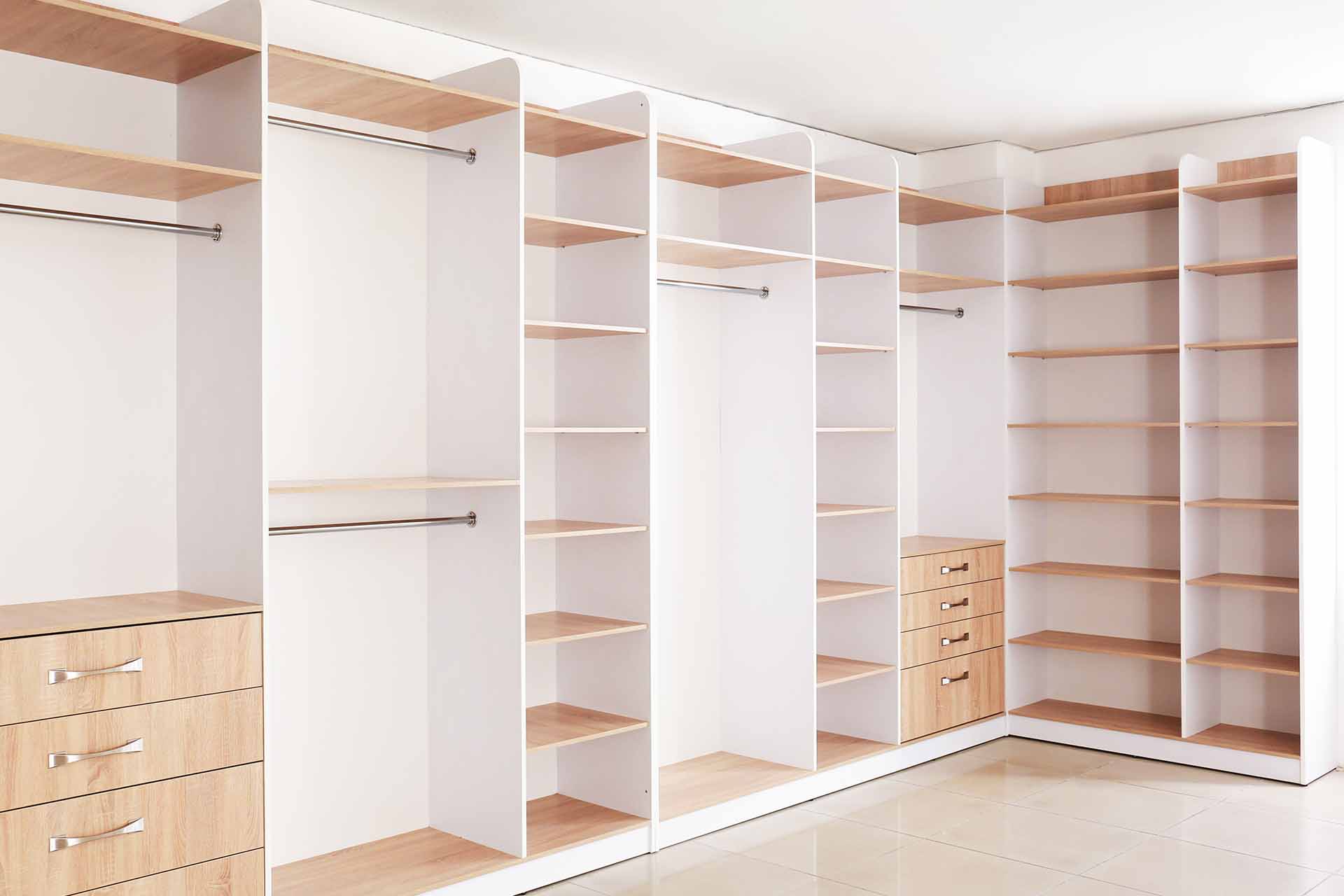
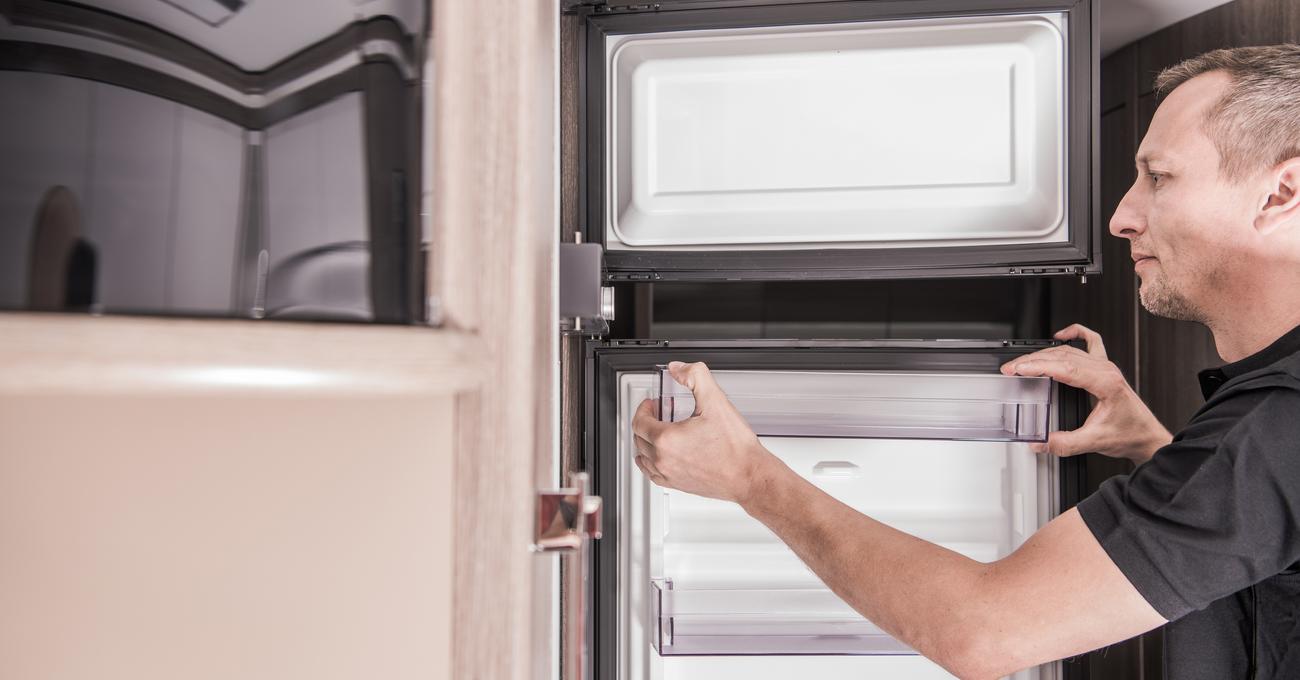
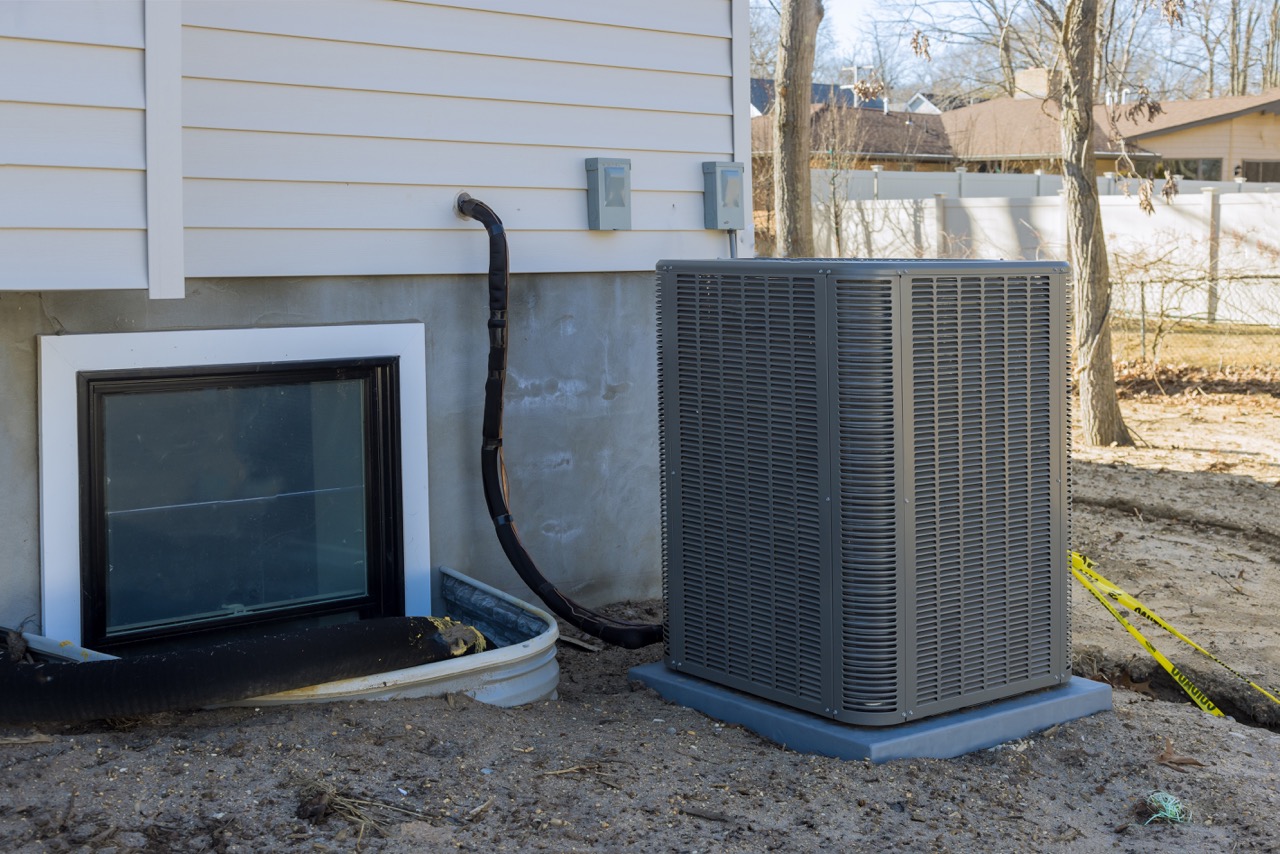

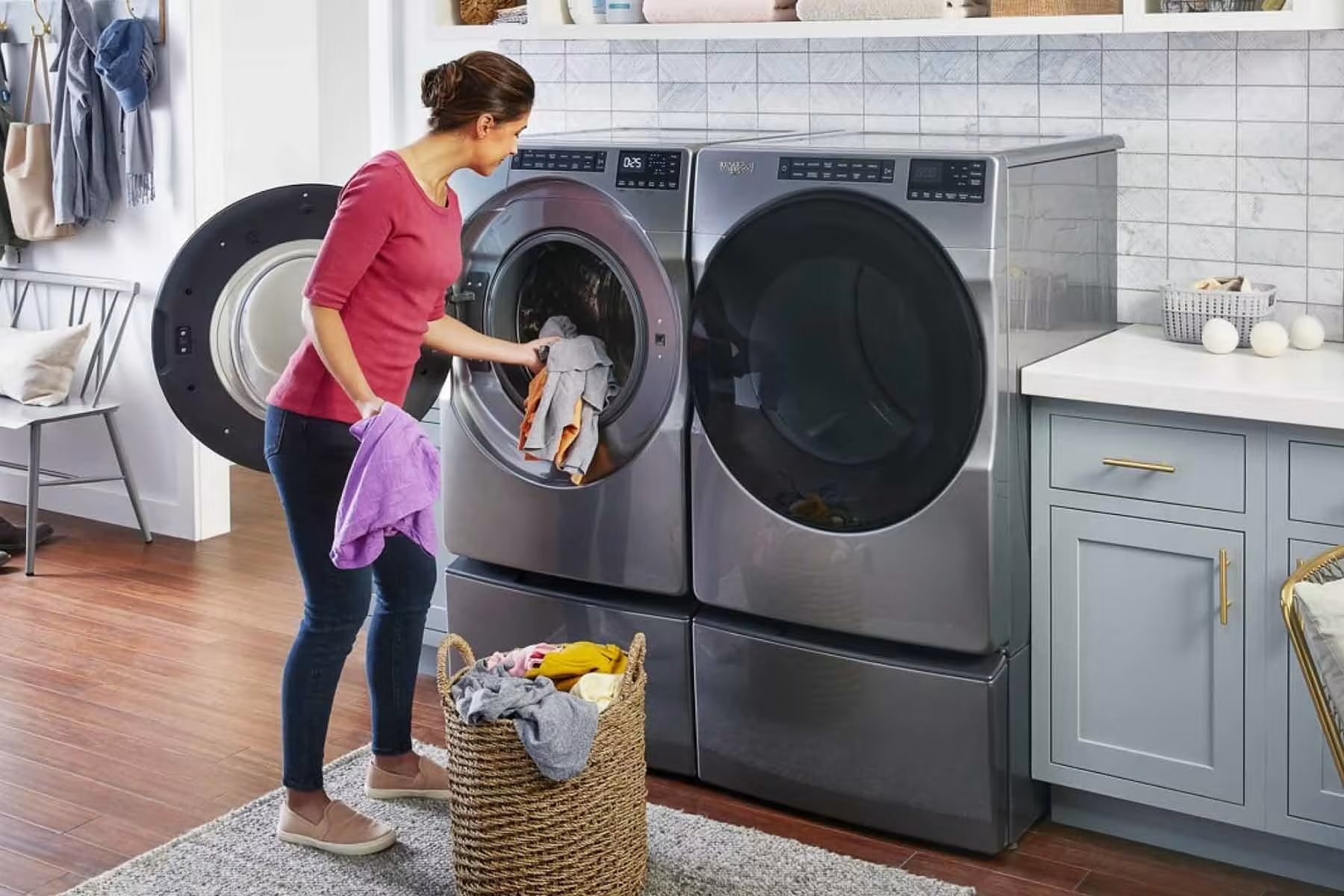
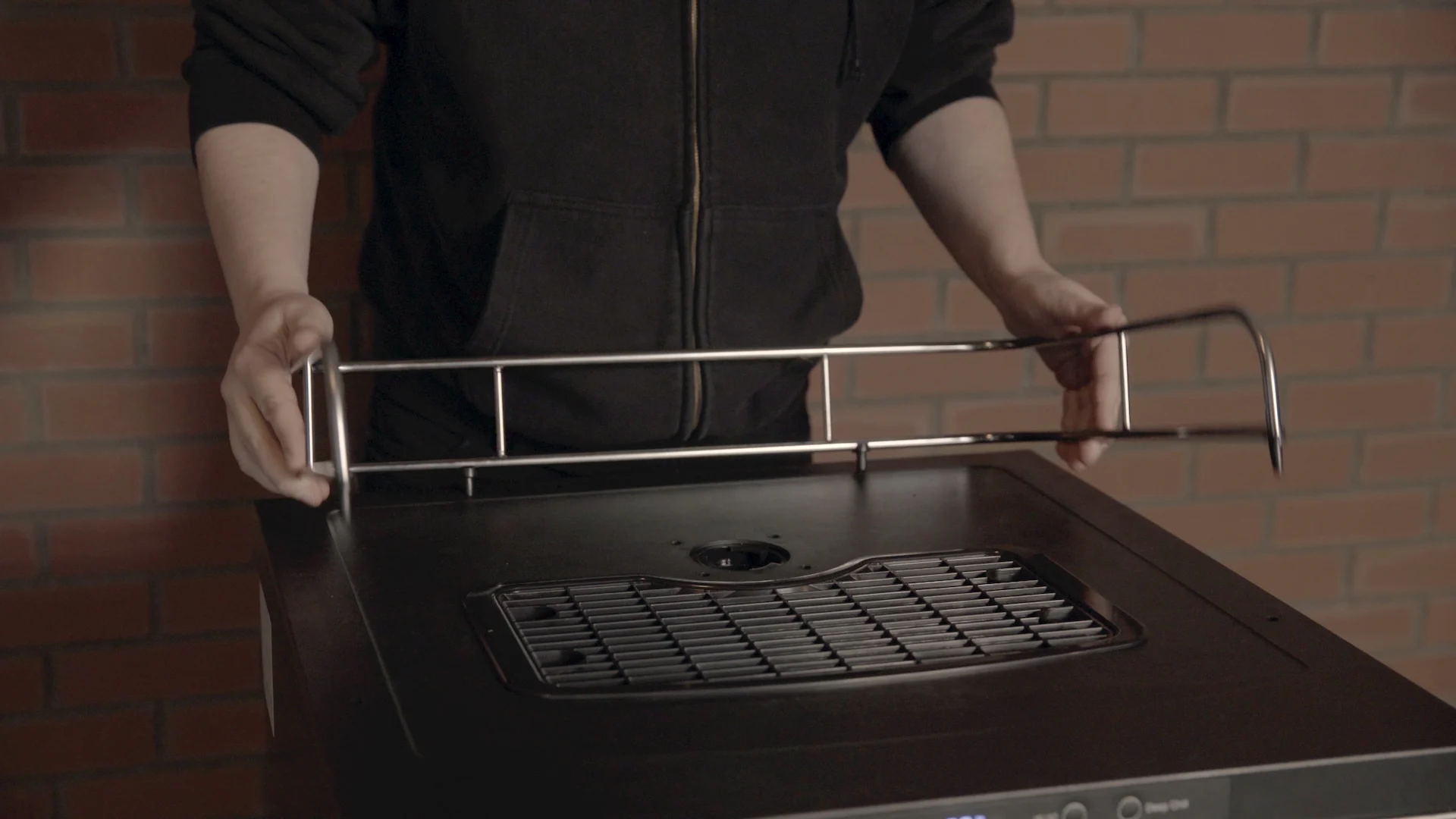
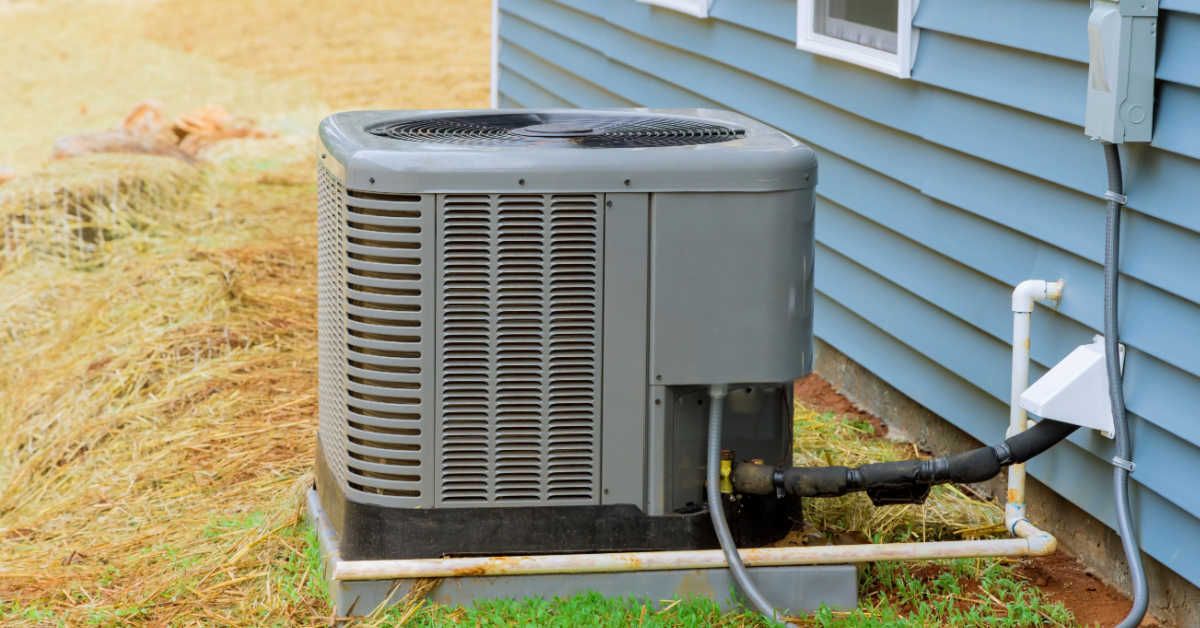
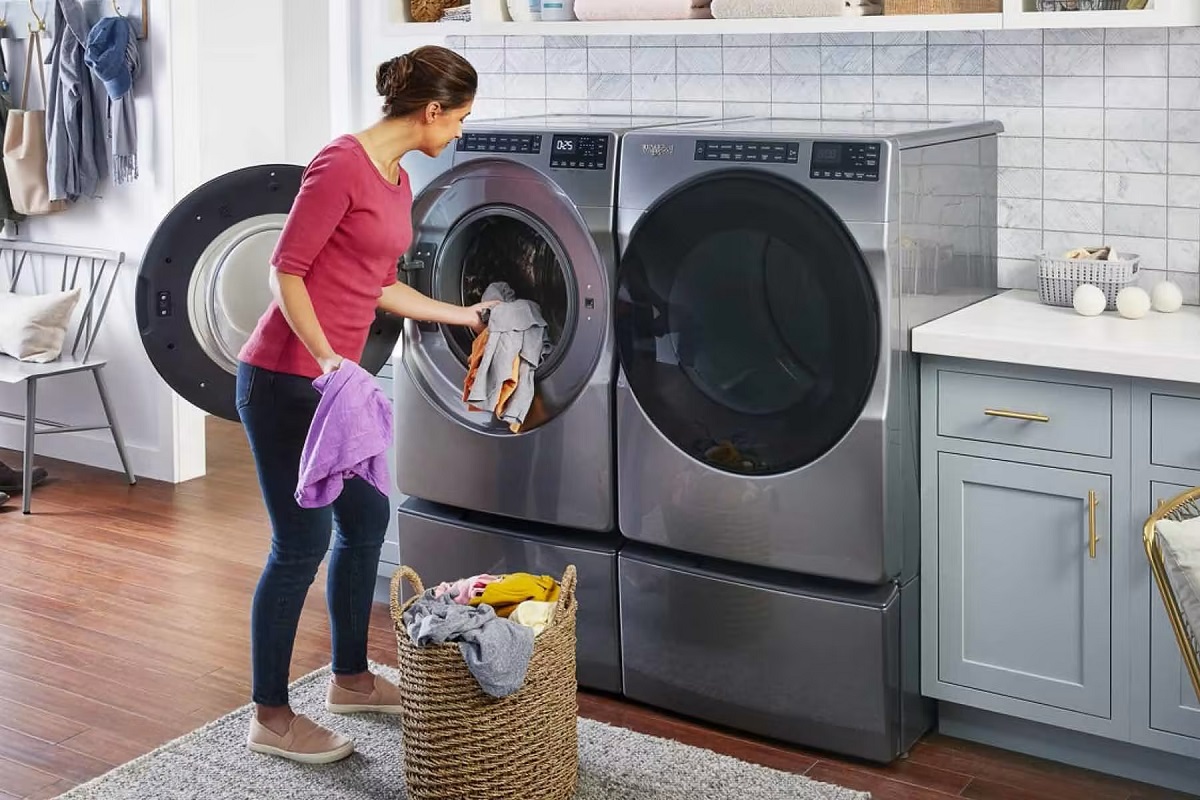
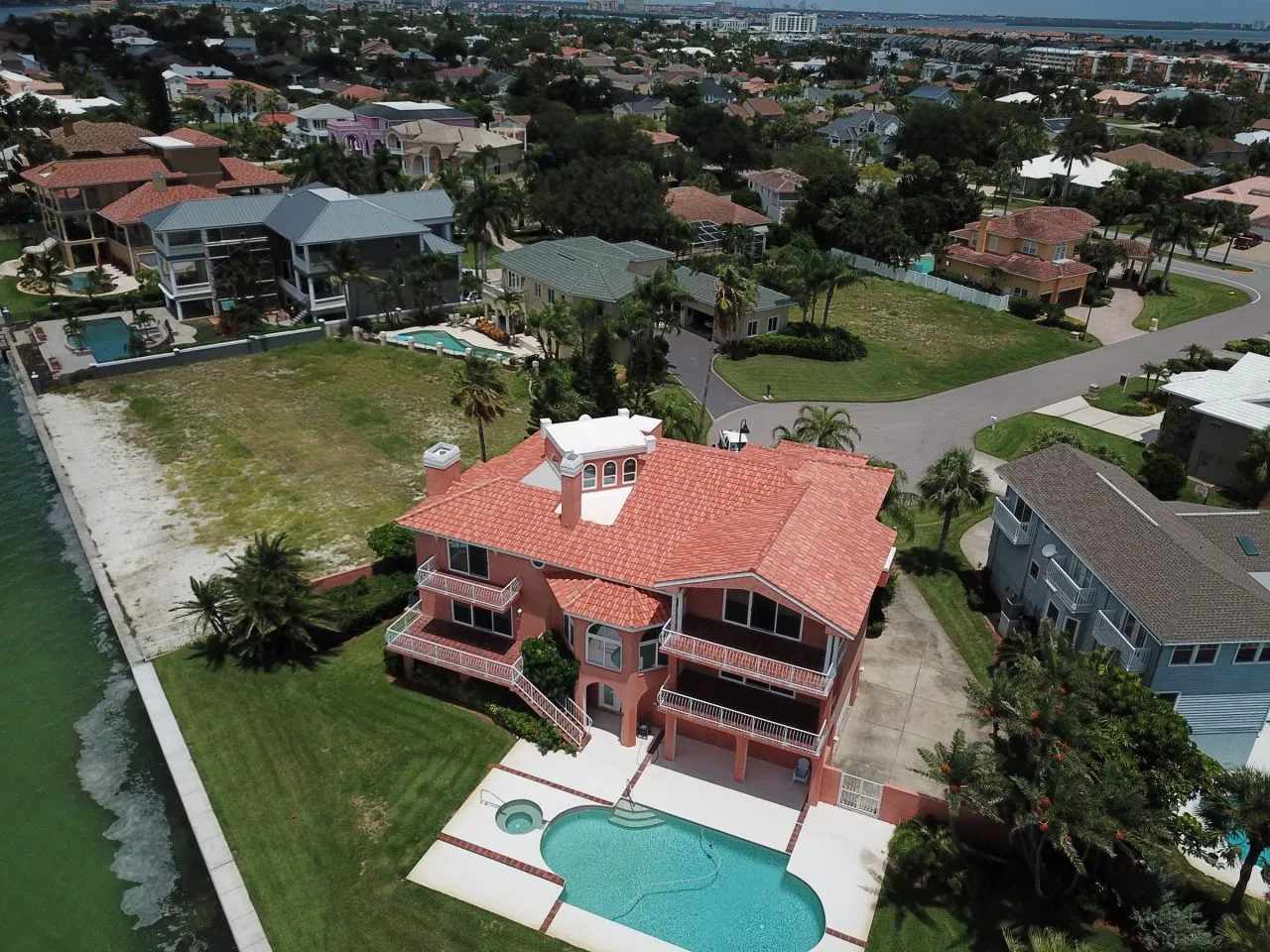
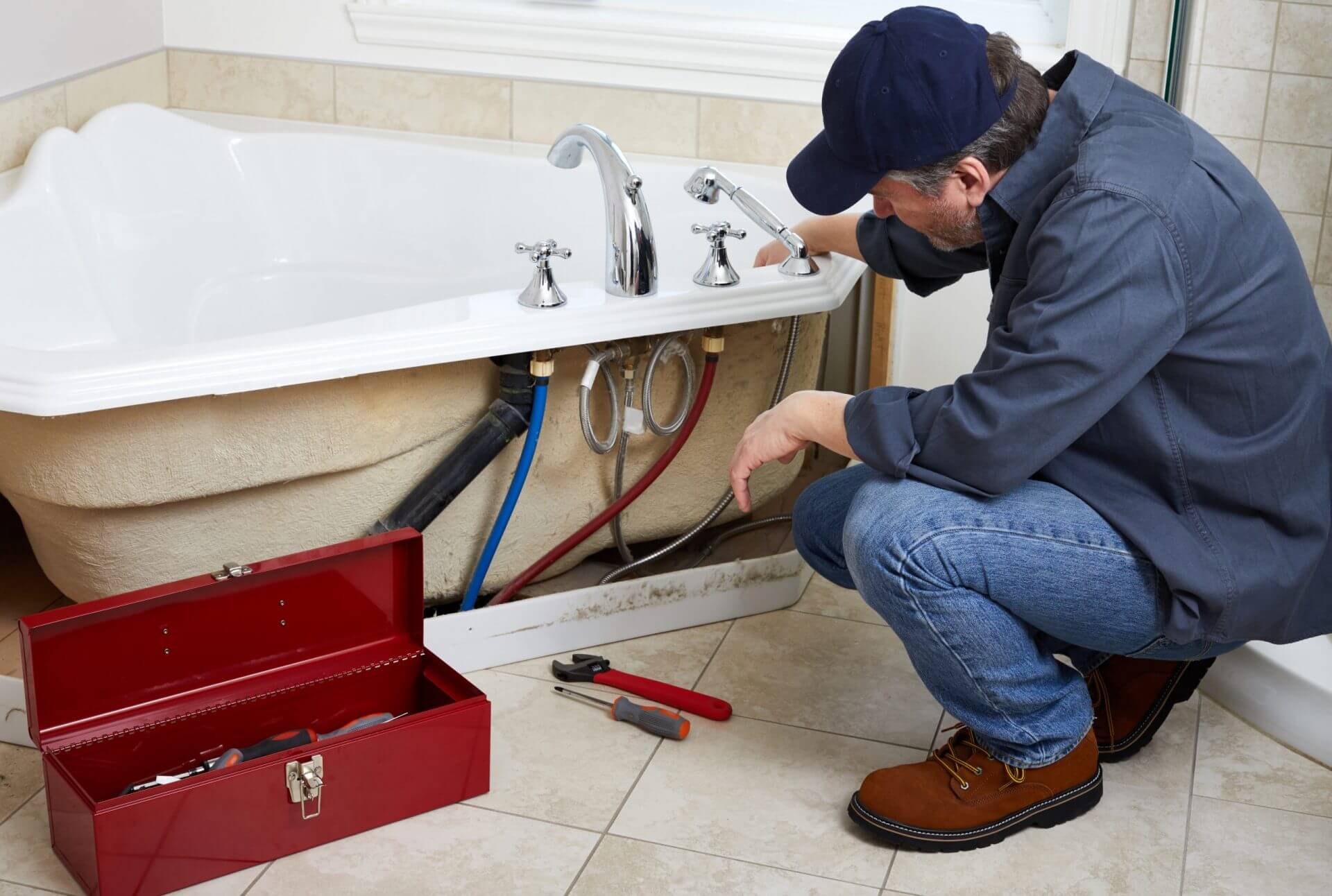
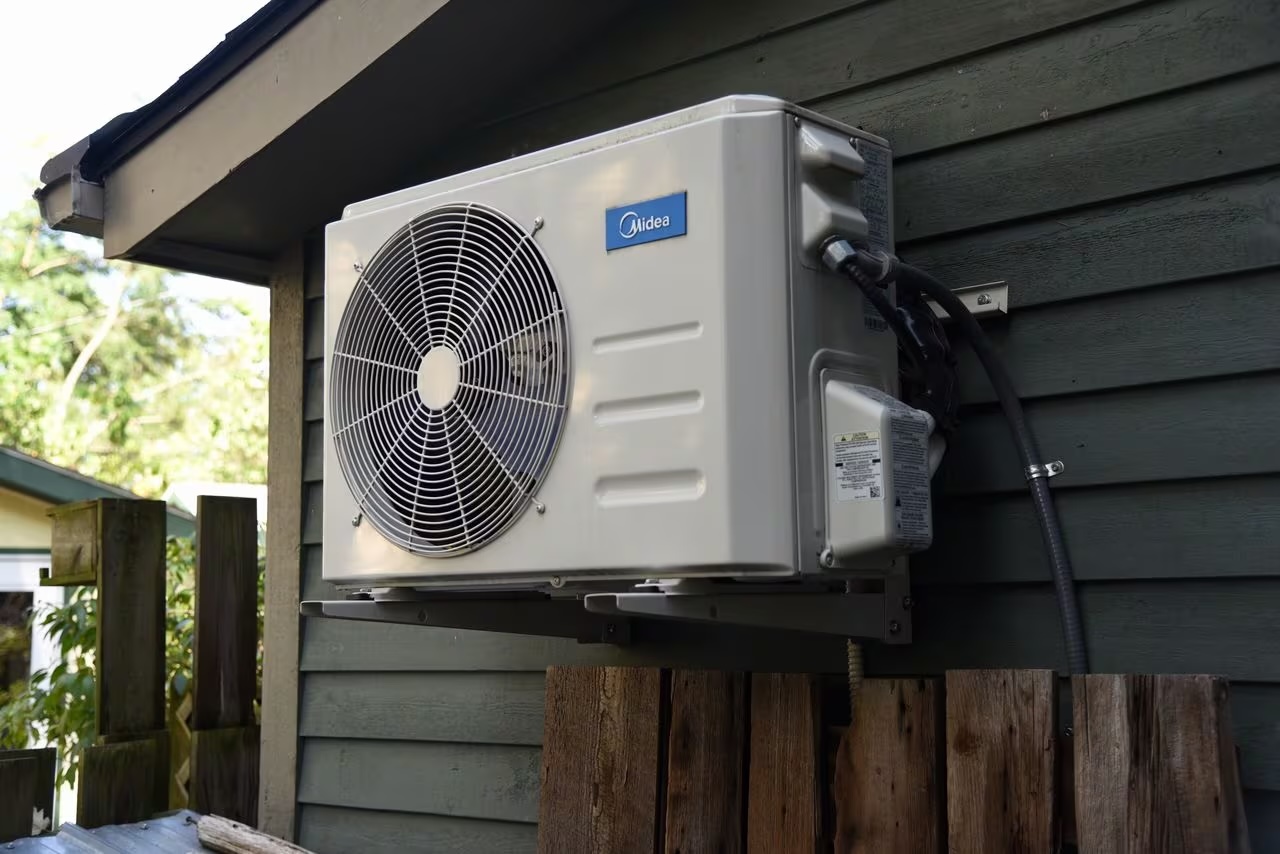
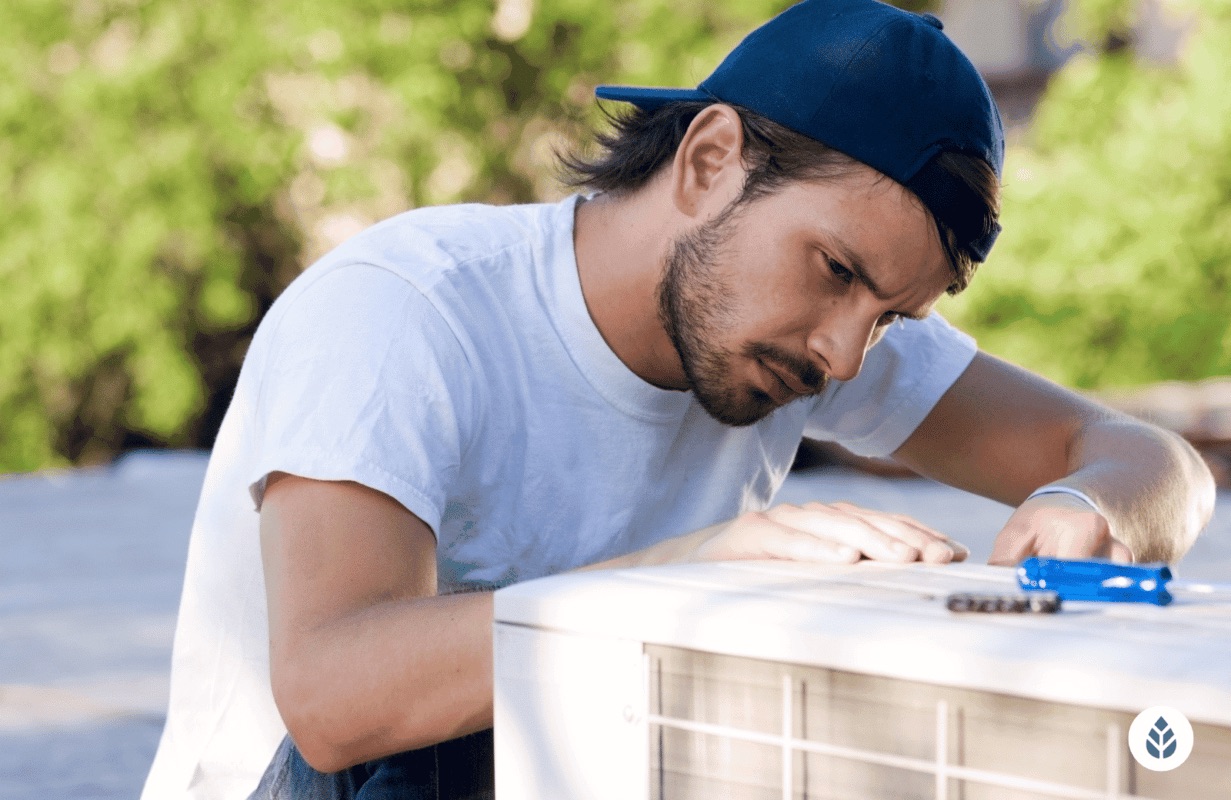
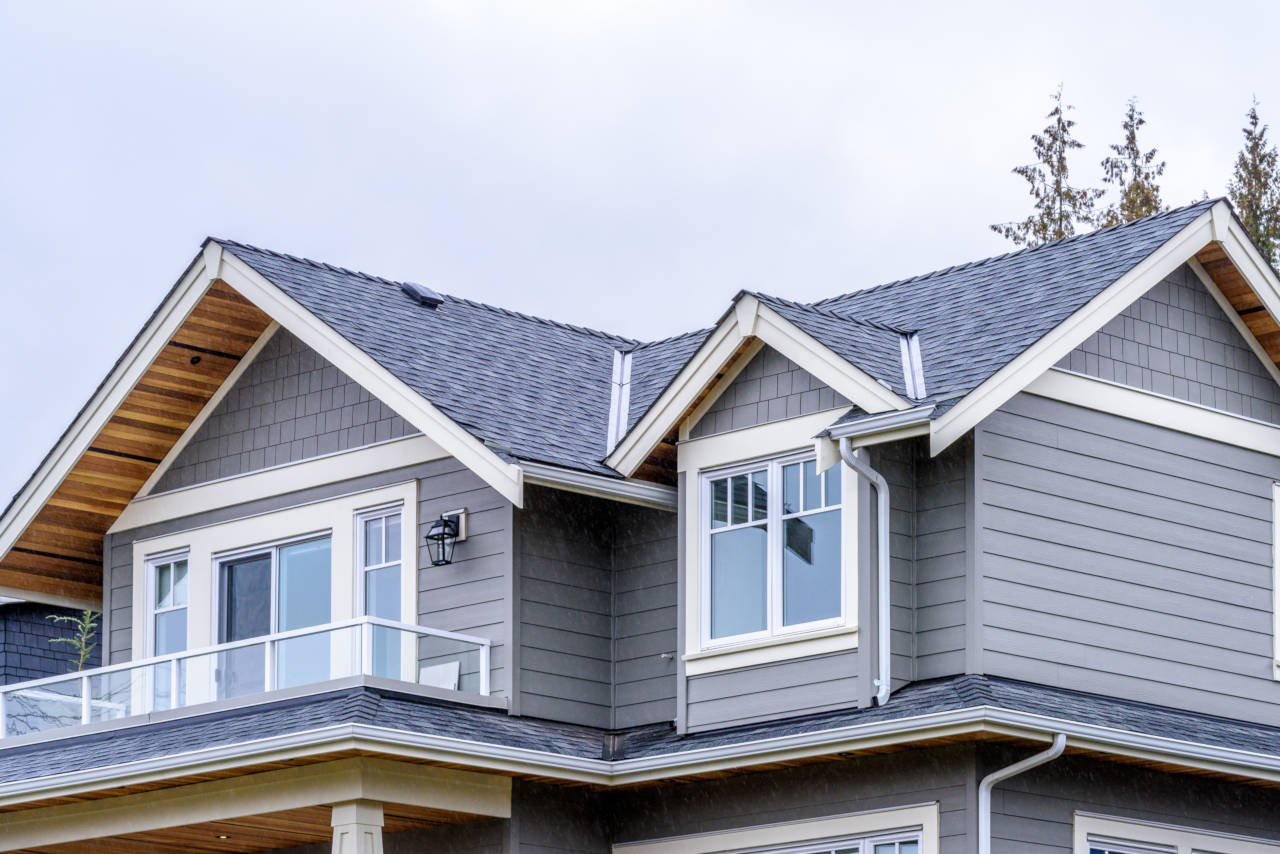
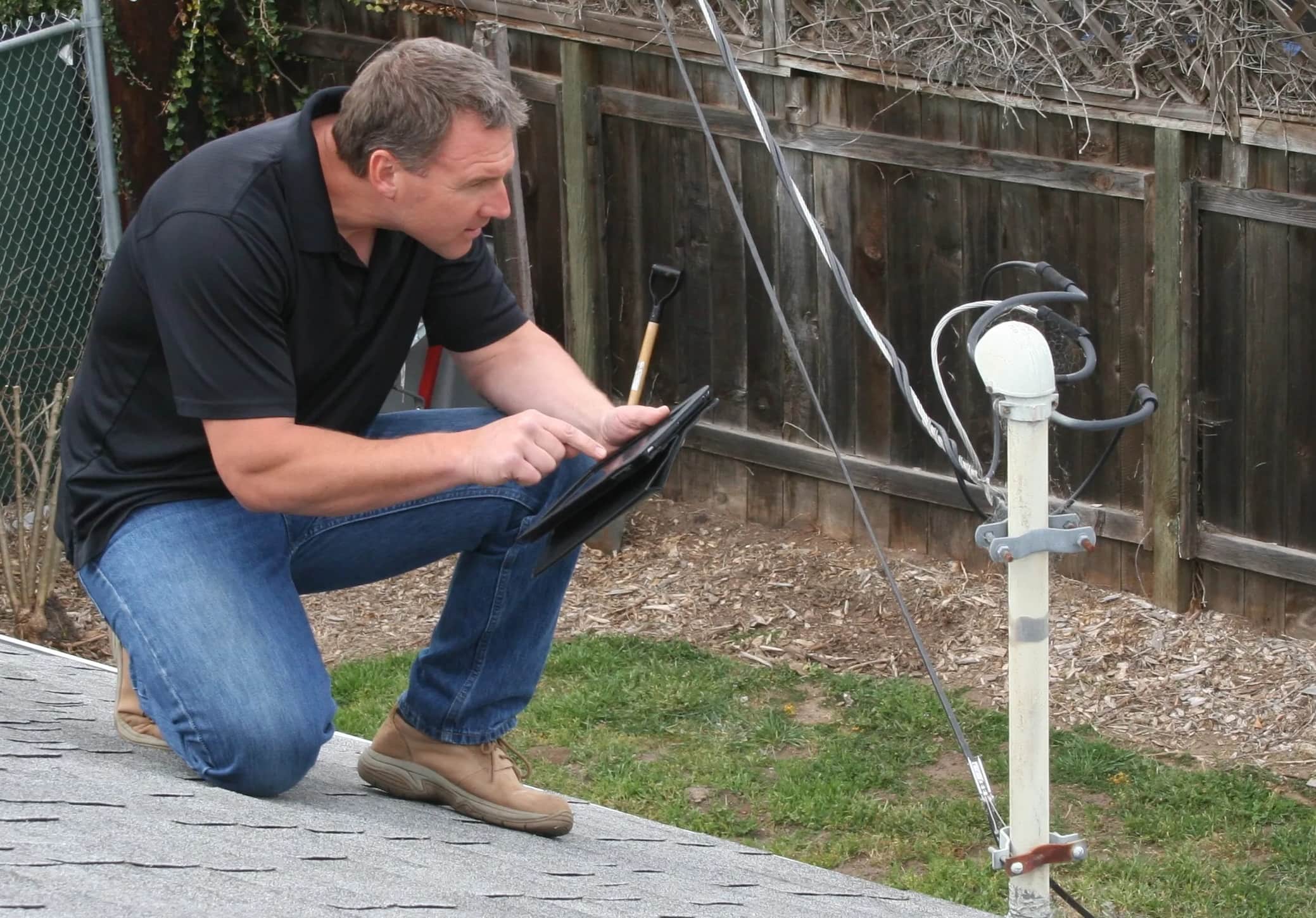

0 thoughts on “How Much Does A New Furnace Cost?”